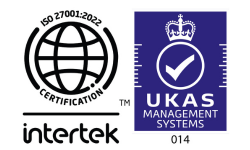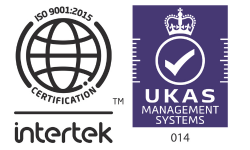IR35 legislation is a critical area of compliance for UK employers, especially those engaging contractors or freelancers. This legislation determines whether a contractor should be considered a genuine self-employed worker or an employee for tax purposes. Find out more information on IR35 in our guide here.
What is IR35 and Why Does It Matter for Employers?
IR35, also known as the “off-payroll working rules,” is designed to combat tax avoidance by individuals who supply their services to clients via an intermediary, such as a personal service company (PSC), but who would otherwise be considered employees if the intermediary were not used.
Why it Matters for Employers:
Financial Responsibility: If HM Revenue & Customs (HMRC) determines that a contractor falls inside IR35, the employer may be liable for unpaid taxes and National Insurance contributions (NICs).
Compliance Risks: Non-compliance can lead to penalties and interest on unpaid taxes.
Operational Impact: Misclassifying contractors can affect hiring practices, project costs, and relationships with contractors.
Understanding and adhering to IR35 is crucial to avoiding unexpected financial burdens and maintaining a positive working relationship with contractors.
Determining IR35 Status: Key Factors for Employers
The determination of IR35 status hinges on whether a contractor would be considered an employee if there were no intermediary involved. Employers need to assess several factors to make this determination:
a) Control
This refers to the degree of control the employer has over how, when, and where the contractor completes their work. A high level of control suggests employment rather than self-employment.
Example: If you set specific hours and dictate the methods a contractor must use to perform their duties, this indicates control, aligning more with an employer-employee relationship.
b) Substitution
A genuine contractor should be able to provide a substitute to do their work. If the contractor is obliged to provide services personally, this suggests employment.
Example: If a contractor can send a qualified substitute to complete their tasks without your approval, they are likely operating outside IR35.
c) Mutuality of Obligation (MOO)
This concept assesses whether there is a mutual obligation for the employer to provide work and for the contractor to accept it. A continuous obligation typically signifies an employment relationship.
Example: If you are obliged to provide work regularly and the contractor is obliged to complete it, this points towards an inside IR35 scenario.
d) Financial Risk and Business Structure
Independent contractors often take on financial risk and operate more like a business, investing in their equipment and training. If the contractor does not bear any significant financial risk, they might fall inside IR35.
Example: Contractors purchasing their materials and covering their insurance are likely outside IR35, as they show a genuine business structure and financial risk.
Responsibilities of Employers Under IR35
Since April 2021, medium and large private sector companies are responsible for determining the employment status of contractors under IR35. Here’s what employers need to do:
a) Conduct a Status Determination Statement (SDS)
An SDS is a document that states the IR35 status of a contractor and the reasons for this determination. Employers must provide this to both the contractor and any third-party agency involved.
Tip: Use HMRC’s Check Employment Status for Tax (CEST) tool for an initial assessment, but ensure to review the tool’s results in the context of your specific situation.
b) Reasonable Care
Employers must demonstrate they have taken “reasonable care” in determining IR35 status. This involves a thorough review of the working arrangements and not relying solely on CEST or blanket assessments.
Example of Reasonable Care: Consulting with legal or HR professionals, reviewing contracts and working practices regularly, and documenting the decision-making process.
c) Tax and NICs Deductions
If a contractor is deemed inside IR35, the employer must deduct Income Tax and NICs before making payments to the contractor’s PSC.
Simple Calculation Example:
If you pay a contractor £500 per day for 20 days within an IR35 scenario:
Gross Pay: £10,000
Employer NICs (13.8% on earnings above £9,100 annually):
- Assume £500 is above this threshold per day.
- Employer NICs = £10,000 × 0.138 = £1,380
- Total Cost to Employer: £10,000 + £1,380 = £11,380
d) Keep Accurate Records
Maintain detailed records of your IR35 assessments, SDSs, and any advice or consultation received. These records are crucial if HMRC questions your determinations.
Potential Penalties and Financial Implications for Non-Compliance
Failing to comply with IR35 can lead to significant financial penalties and backdated tax liabilities. Here’s what employers need to know:
a) Backdated Tax and NICs
If HMRC decides that a contractor was incorrectly classified as outside IR35, they will demand backdated Income Tax and NICs. This can be substantial, especially for long-term engagements.
Calculation Example:
- Consider a contractor earning £60,000 per year, deemed inside IR35 after an audit.
- Backdated NICs (13.8% of £60,000): £60,000×0.138=£8,280
- Backdated Income Tax (assuming basic rate 20% for simplicity): £60,000×0.20=£12,000
Total Backdated Tax and NICs: £20,280
b) Penalties and Interest
In addition to backdated taxes, HMRC may impose penalties depending on the nature of the non-compliance (careless or deliberate) and the time period. Penalties can range from 0% to 100% of the unpaid tax.
Example: For a £20,000 tax liability, a penalty could range from £0 (if due care was taken but HMRC disagrees) to £20,000 (if deliberate non-compliance is found).
Best Practices for Managing IR35 Legislation
Managing IR35 compliance effectively involves adopting best practices to mitigate risks and ensure proper classification. Here are key strategies:
- Review Contractor Engagements Regularly: Conduct regular reviews of all contractor engagements to ensure IR35 determinations are still valid. Changes in project scope, contractor duties, or working arrangements can affect IR35 status.
- Seek Professional Advice: Consider engaging legal or HR consultants with expertise in employment law and tax compliance. They can provide guidance on contracts, working practices, and compliance strategies.
- Update Contracts and Working Practices: Ensure that contracts reflect the true nature of the working relationship and are aligned with IR35 regulations. Avoid clauses that imply employment, such as paid holidays or guaranteed minimum hours.
- Use Technology for Compliance Management: Employ payroll and HR software solutions, like PayEscape, to automate the process of managing IR35 compliance.
These systems can help track contractor status, automate tax calculations, and ensure timely submission of relevant documentation to HMRC.
Train Hiring Managers and HR Teams: Educate your hiring managers and HR personnel about IR35 rules and the importance of compliance.
They should understand how to assess contracts and working arrangements and know the procedures for SDS preparation and communication.
Conclusion
IR35 legislation requires careful planning and a proactive approach from employers. By understanding the key factors that determine IR35 status, fulfilling your responsibilities diligently, and adopting best practices, you can mitigate risks and ensure compliance.
It’s crucial to stay informed and prepared for any changes in the law, and to use technology and professional advice to manage compliance effectively. Implementing these strategies not only protects your business from financial penalties but also supports a fair and transparent working environment for your contractors.
For employers looking to simplify their payroll and HR processes while ensuring compliance with regulations like IR35, solutions like PayEscape offer the technology and expertise needed to coordinate these challenges effectively.


















